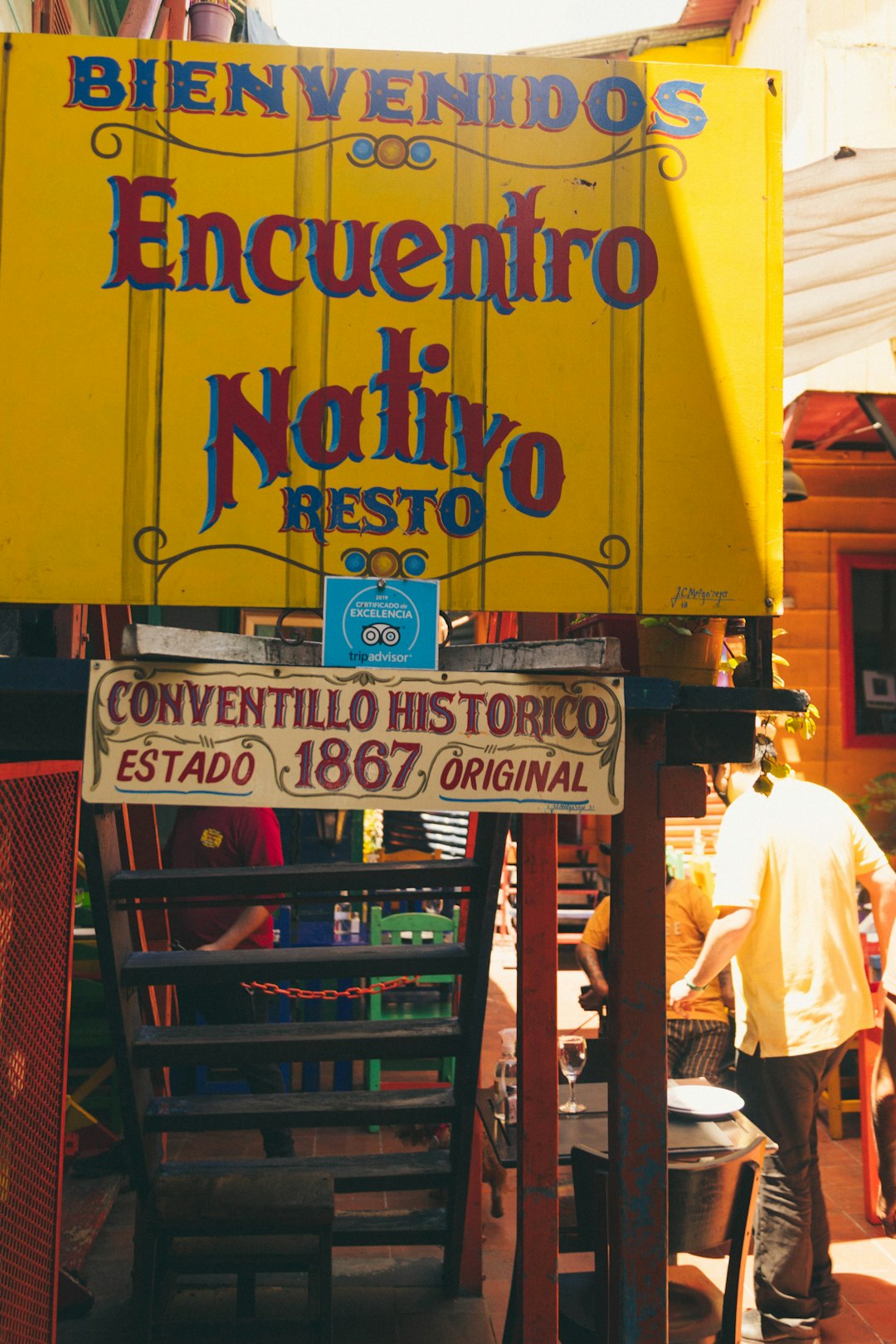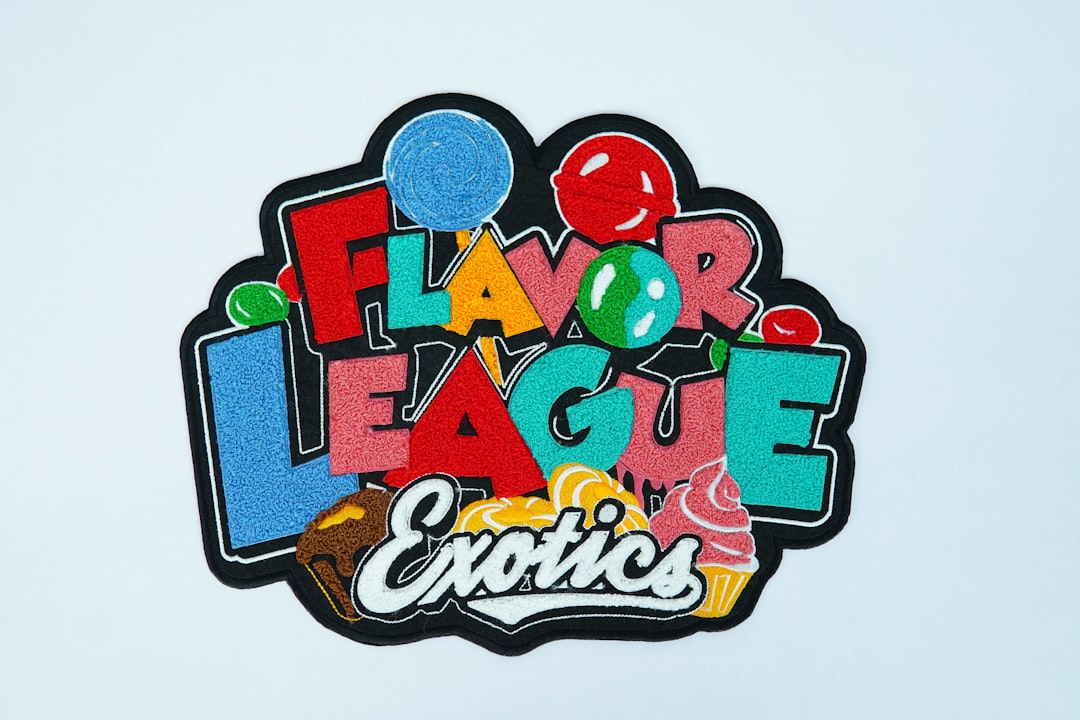Designing a compelling logo for festivals, fairs, and community events is a strategic process that blends creativity with a clear understanding of the event’s purpose and audience. A well-crafted logo creates instant recognition, increases visibility, and enhances the overall personality of the event. Whether it’s an annual town fair, a music festival, or a cultural gala, the right logo can capture the essence of the occasion and resonate deeply with attendees.
TLDR: Choosing the perfect logo for your event matters more than you think. Visual identity sets the tone and can drive participation and branding success. This article offers twelve inspiring logo ideas tailored to festivals, fairs, and community events. Discover unique styles, design approaches, and creative tips to help you stand out.
1. Icon-Based Logos
Icon-based logos use bold, easy-to-recognize visuals tied directly to the theme of the event. For example, a harvest fair might feature a pumpkin or corn stalk symbol, while a jazz festival might include a saxophone or musical note. This approach is effective where instant recognition matters, especially on small items like wristbands and social media avatars.
2. Typography-Focused Logos
Typography-focused logos emphasize stylized lettering to create a memorable look. These logos often use custom fonts or hand-drawn type to reflect the spirit of the event. For community events, this design can lean friendly and informal with rounded letters, while formal festivals may benefit from serif typefaces that suggest elegance and tradition.
3. Retro Style Logos
Retro logos evoke nostalgia and charm, ideal for vintage fairs or classic car shows. Using old-style typefaces, faded colors, and traditional symbols like sunbursts or ribbon banners, this design approach connects the past with the present and creates a sense of tradition and comfort.

4. Minimalist Logos
Minimalism is a powerful trend and can apply to event logos as well. With clean lines, monochromatic palettes, and simple shapes, minimalist logos are elegant and modern. These are especially useful for upscale festivals or multi-disciplinary cultural events seeking a sophisticated look.
5. Geometric Logos
Geometric shapes introduce a structured and balanced feel to logos. Triangles, circles, and polygons can symbolize unity, diversity, or motion. These are great for tech fairs, art festivals, or events targeting a progressive or forward-thinking audience.
6. Nature-Inspired Logos
For outdoor events, agricultural fairs, or eco-conscious festivals, nature-themed logos resonate especially well. Incorporating trees, mountains, animals, or sun motifs conveys an earthy, organic feeling that emphasizes community and environmental awareness.
7. Playful and Whimsical Logos
Family-oriented community events or children’s festivals benefit from fun, cheerful logos that use bright colors and cartoon-like elements. Think exaggerated shapes, smiling mascots, or dynamic lettering that dances across the page. These instantly appeal to kids and families alike.

8. Hand-Drawn or Illustrated Logos
An illustrated logo offers a unique, custom-crafted touch. These designs often look like sketches, paintings, or stylized drawings. Hand-drawn logos feel more personal and artistic, which works well for artisan markets, craft fairs, or local cultural showcases.
9. Regional or Cultural Motifs
Include local colors, folk designs, or regional landmarks to root the logo deeply in place. This is essential for community events or heritage festivals. A logo that nods to local architecture, language, or traditional dress elevates pride and relevance among participants.
10. Motion-Infused Logos
Events like parades, carnivals, or dance festivals can benefit from logos that imply movement and energy. Curved lines, dynamic poses, and flowing color gradients all help create a sense of festivity and action.
11. Photographic or Collage-Style Logos
These types of logos blend real images—either stylized or embedded—into the design. They’re ideal for showcasing the faces or icons of an event, such as community heroes, famous performers, or landmarks. Just ensure scalability across prints and digital formats.
12. Interactive or Evolving Logos
For modern events, especially those spanning several days, a changeable logo that evolves throughout the event can be eye-catching. This can be a base logo with changing colors or symbols as the event progresses. It’s engaging and adds an element of surprise to marketing materials.
Logo Design Tips for Event Organizers
- Keep it scalable: Your logo will appear on large banners and tiny social media posts alike.
- Focus on simplicity: Complexity can confuse viewers and doesn’t always scale well.
- Make it relevant: Reflect the event’s values, audience, and experience through your design choices.
- Use brand colors: Ensure color harmony across your poster, website, and merchandise.
Where to Use Your Logo
- Flyers and posters: Printed promotional materials need a clear and striking logo.
- T-shirts and merchandise: Attendee swag becomes more desirable with a strong logo.
- Social media: Profile photos, cover banners, and posts should include the event logo.
- Tickets and wristbands: Reinforce branding at entry points.
- Stage backdrops: Make sure performers or speakers are in front of a professional brand image.
Frequently Asked Questions
1. How do I choose the right logo style for my event?
Consider your audience, venue, and event tone. A kids’ fair needs something vibrant and playful, while an art gala might need a sleek, minimalist design.
2. Can I design a logo without hiring a professional?
Yes, using online design tools like Canva or Adobe Express is an option. However, for more complex or original designs, a professional designer might be worth the investment.
3. What file types should I request from a designer?
Get vector files (such as SVG or EPS) for scalability, and include high-resolution PNG and JPG for easy use on web and print platforms.
4. Should my logo include the event date?
Including the date is ideal for one-time or annual events, but keep a version without the date for branding continuity.
5. How many colors should my logo have?
Two to three is usually best. Too many colors can clutter the design and complicate printing costs.
Creating the perfect logo for a festival, fair, or community event is more than a decorative task—it’s a cornerstone of event branding. With these 12 logo ideas, event organizers have a launchpad for eye-catching, relevant, and versatile logos that leave lasting impressions.